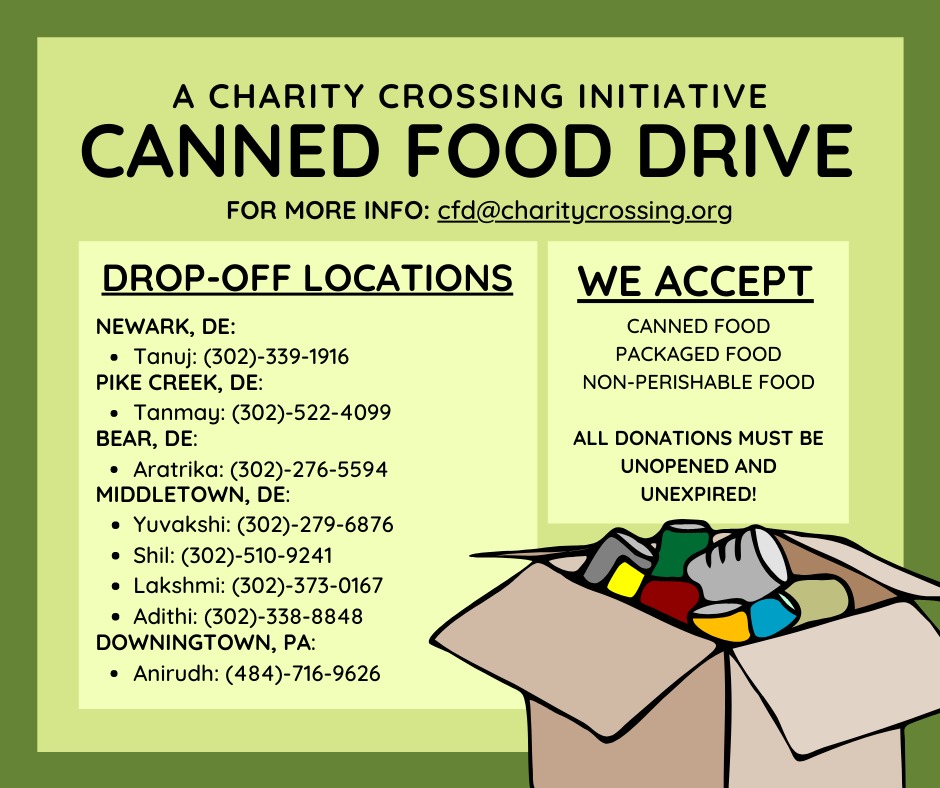
HUNGER IN AMERICA
Millions of children and families living in America face hunger and food insecurity every day.
Due to the effects of the coronavirus pandemic, more than 50 million people may experience food insecurity, including a potential 17 million children.
According to the USDA’s latest Household Food Insecurity in the United States report, more than 35 million people in the United States struggled with hunger in 2019.
In 2018, 14.3 million American households were food insecure with limited or uncertain access to enough food.
Households with children are more likely to experience food insecurity. Before the coronavirus pandemic, more than 10 million children live in food-insecure households.
Every community in the country is home to families who struggle with food insecurity including rural and suburban communities.
Many households that experience food insecurity do not qualify for federal nutrition programs and need to rely on their local food banks and other hunger relief organizations for support.
WHO GOES HUNGRY?
HUNGER IN AMERICA
Millions of children and families living in America face hunger and food insecurity every day.
Due to the effects of the coronavirus pandemic, more than 50 million people may experience food insecurity, including a potential 17 million children.
According to the USDA’s latest Household Food Insecurity in the United States report, more than 35 million people in the United States struggled with hunger in 2019.
In 2018, 14.3 million American households were food insecure with limited or uncertain access to enough food.
Households with children are more likely to experience food insecurity. Before the coronavirus pandemic, more than 10 million children live in food-insecure households.
Every community in the country is home to families who struggle with food insecurity including rural and suburban communities.
Many households that experience food insecurity do not qualify for federal nutrition programs and need to rely on their local food banks and other hunger relief organizations for support.
WHO GOES HUNGRY?
